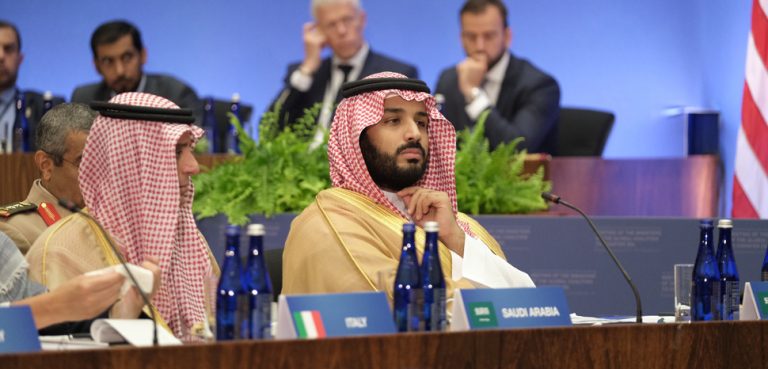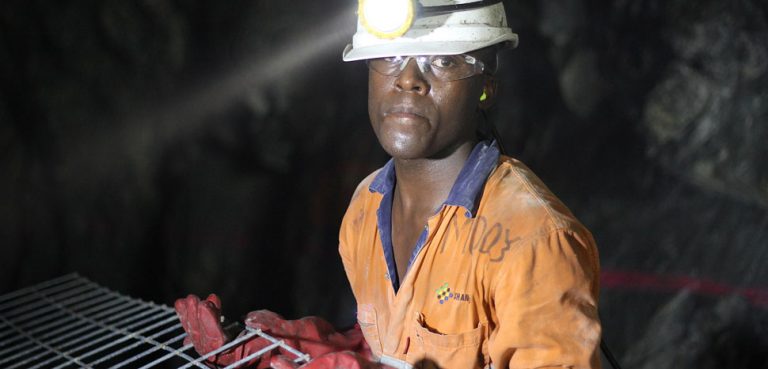China’s bid to improve the viability of its controversial ‘Belt and Road’ infrastructure program as the West advances rival schemes prioritizing sustainability may go some way towards enabling emerging countries to avoid the pitfalls of big development projects.
Beijing’s new focus on a smaller, smarter, and greener Belt and Road Initiative (BRI) and the West’s commitment to infrastructure adhering to ESG standards could, in theory, help turn a new generation of roads, railways, dams and ports into economic assets that effectively mitigate debt, corruption and environment risks.
There is a huge global infrastructure investment gap. Among developing nations, it’s particularly acute, making it hard to tackle the demands and challenges of rapid population growth. Moreover, the funding shortfall limits these countries’ financial prospects at best, deepening poverty and, ultimately, threatening to destabilize them at worst.
Just over ten years ago, Beijing recognized the investment need – and, its critics would argue, the economic and political influence that addressing the need could leverage. China became the developing world’s biggest lender, largely through the BRI, whose membership runs to over 150 countries, more than a dozen of them EU states. But some recipients of loans have struggled to repay. As of October, member countries owed more than $300 billion dollars to the Import-Export Bank of China, according to Chinese officials.
At the same time, the Chinese economy has cooled, leaving less room for foreign expenditure. And, as their own economic circumstances have worsened, there are signs that some Chinese are beginning to question the merits of spending billions abroad. Against this background, investment in the BRI has declined significantly. Long critical of its lack of transparency and debt implications, and concerned over the geopolitical influence it allows China to wield, the West has now sensed an opportunity to roll out rival infrastructure schemes.
Launched with great fanfare in 2013, the BRI was intended to present China as a champion of the developing world, though there was an important domestic economic driver too. The country needed to secure new markets for excess capacity after the global financial crash when Beijing invested heavily to stimulate in its own economy (China now has a substantial trade surplus with BRI members). The BRI has also been seen as a means of promoting Beijing’s authoritarian model of governance and advancing its geostrategic goals, primarily by shifting countries out of America’s sphere of influence.
Under the BRI, Beijing has loaned around one trillion dollars to low- and middle-income economies to develop sectors such as transport, logistics, utilities and energy. As part of the initiative, health and education programs have also been pursued. Infrastructure outcomes have been mixed. Many BRI signatory states have benefited substantially, particularly in Southeast Asia. Yet a sizeable minority of infrastructure projects, reports AidData, have experienced major implementation problems (including corruption, labor violations, and environmental hazards).
While a significant number of BRI countries have fallen into heavy debt, requiring bailouts from China, there is limited evidence to suggest that Beijing is engaged in debt-trap diplomacy, essentially the claim that it looks for economic concessions from countries struggling to repay loans. Indeed, in recent years it has sought to de-risk or future-proof investments, by putting in place “stronger loan repayment and project implementation guardrails,” according to Brad Parks, the executive director of AidData.
At the third Belt and Road Forum in October, China said it would commit more than $100 billion for what looks like a rebranding of the BRI – notably coinciding with an uptick in BRI expenditure last year, the highest since 2018. Beijing seems to have acknowledged that the problems that have dogged the BRI should be addressed if it is to be credible. And the rebrand has not come out of the blue, seemingly building on efforts in previous years to make the BRI more sustainable through a series of green policies and guidelines.
In the new iteration of the BRI, provision will be made for big-ticket and “small yet smart” infrastructure, including green and low-carbon energy projects, with signs of possibly a more cautious financing approach, says China Dialogue. Also there’s a new emphasis on host country agency; an effort to combat the narrative that BRI projects directly benefit China. And to address integrity and compliance issues, companies participating in projects will come under closer scrutiny.
The rebranding of the BRI has emerged as the West attempts to give developing countries alternative options. The European Union’s Global Gateway, launched in 2021, aims to raise up to 300 billion euros of public and private funds for sustainable and high-quality infrastructure projects, which comply with social and environmental standards.
As of October, 89 projects have got under way globally, with 66 billion euros so far committed. The same month, the European Commission chief Ursula von der Leyen was very clear about the purpose of the Global Gateway, insisting it was about “better choices” for developing nations. “For many countries around the world, investment options are not only limited, but they all come with a lot of small print, and sometimes with a very high price,” she said.
In 2022, the US and its G7 allies formally launched the Partnership for Global Infrastructure and Investment (PGII), which is looking to mobilize 600 billion US dollars of public and private investment for quality, sustainable infrastructure. Its two signature projects are transport corridors, one linking India, the Arabian Gulf, and Europe, the other in Africa connecting Angola, Zambia, and the Democratic Republic of Congo. The PGII, like Global Gateway, makes no bones about its intentions. It says it offers “a positive alternative to models of infrastructure financing and delivery that are often opaque, fail to uphold environmental and social standards, exploit workers, and leave the recipient countries worse off.”
While Western attempts to lower the risks associated with large infrastructure projects is a step in the right direction, doubts remain about the feasibility of these initiatives. Amid the global slowdown, will creditor governments be able to raise the funds needed? And will the schemes attract sufficient private investors if investment-recipient countries are politically and financially unstable, raising ROI uncertainty? Moreover, it might turn out to be hard to identify and then deliver projects that adhere to high ESG standards.
At the same time, questions could also be raised about China’s infrastructure rebrand. Developing nations that have had bad experiences of the BRI may wonder whether there’s any real substance behind the new offering. Not least those that have incurred big debts – once bitten, twice shy. And countries concerned about the BRI pushing them further into China’s sphere of influence might also have second thoughts, especially if there are more attractive Western projects on the table.
While the geopolitical rivals’ schemes have their doubters, it must be said that the West’s recognition of the sustainable infrastructure needs of the developing world and China’s apparent willingness to draw lessons from the past are positive moves. Emerging economies will now have choices, at least. Previously, there would have been few if they turned down Chinese overtures. Moreover, a decade after the launch of the BRI, they will be – or should be – more aware of, and better able to assess, the relative merits and potential pitfalls of big infrastructure projects.
Yigal Chazan is an international affairs journalist, with a special interest and expertise in geoeconomics.
The views expressed in this article belong to the authors alone and do not necessarily reflect those of Geopoliticalmonitor.com.




